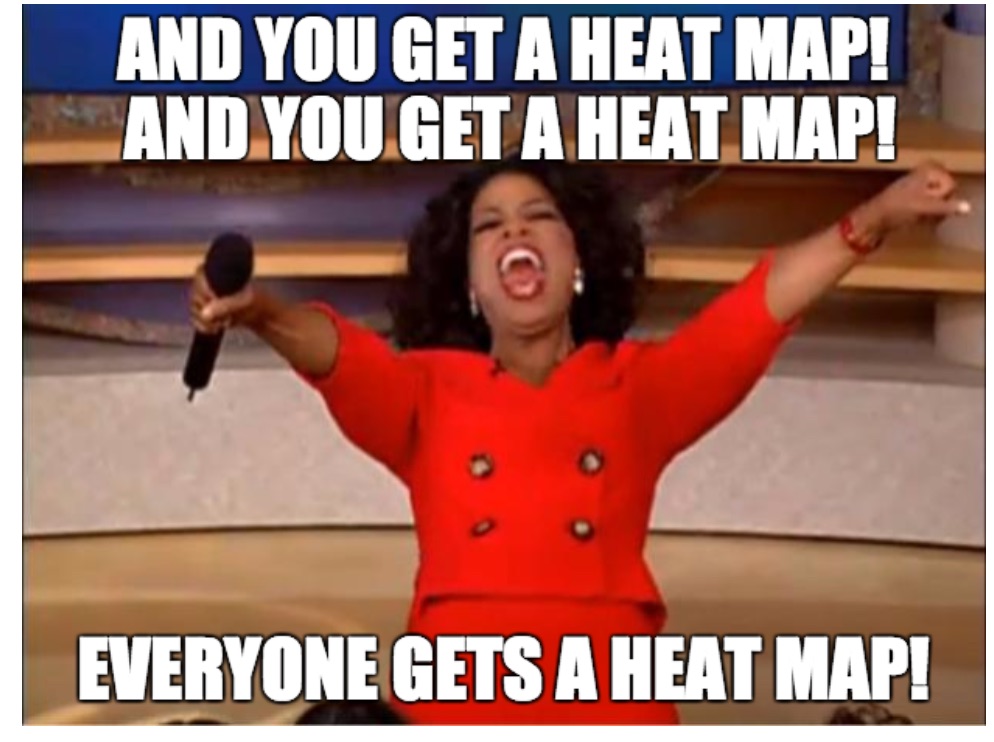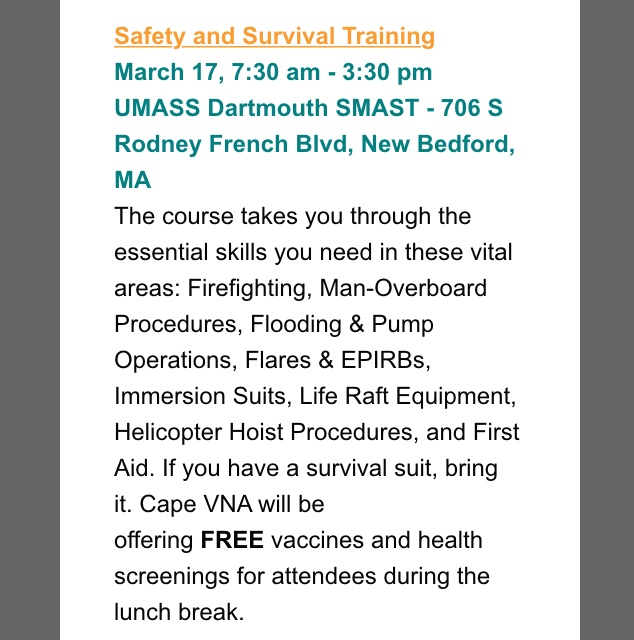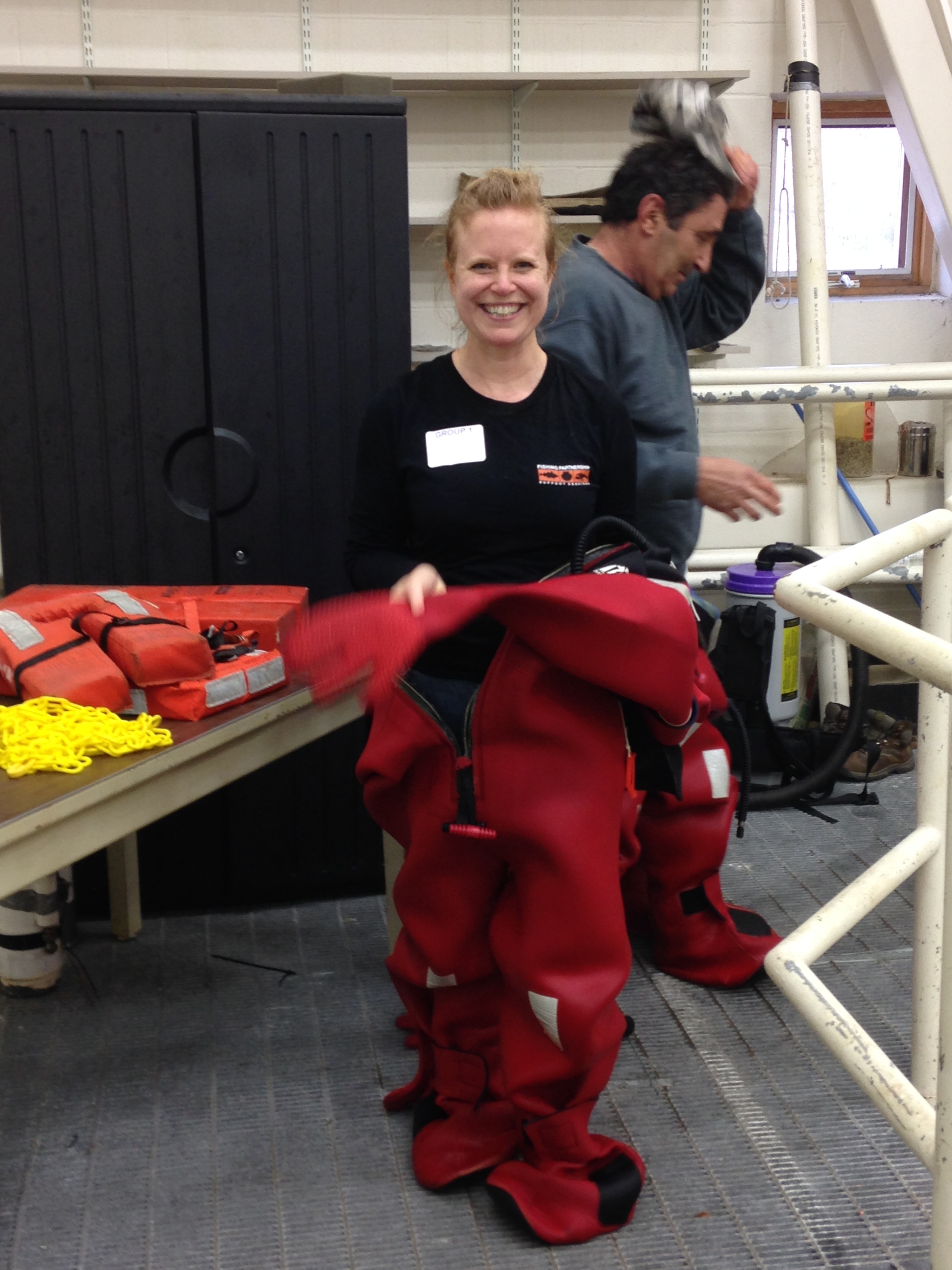Recently, the wonderful Tiffany Berry suggested that I write down some lessons or tips I'd learned from my time as an internal evaluator at City Year (CY). Some of these tips come up as Bee's Knees coaches other internal evaluators. The tips are in no particular order yet, although I feel like the first one can be a very important place to start. Too many people have had negative experiences with evaluation and evaluators. Let's change that.
1. Adopt a customer service mindset. Seek to anticipate the needs of other departments and leaders and to be consistently responsive. It's not always saying yes--it's managing expectations. Be clear on what you do, what you don't do, and why. And rather than saying "no" to a data or eval request, problem solve together with the person making the request (e.g., "I can't give you x, but could y work?"). Follow up to "close the loop" on requests and communications; check in after you help to see how things went.
2. Share enthusiasm for the work, things you are excited about, small wins. Encourage each member of your team to be mindful of this: even when you are having a "how's it going?" conversation with a colleague in the elevator, share something good going on with eval, which also helps educate others on the work you do. This helps ripple your work beyond your department--others can share the story of eval and the cutting-edge or latest advancements you are making. You can be serious in purpose, rigorous as possible in the work, but still infuse your own personality, fun, and excitement in how you talk about the work. A lot of people aren't inherently excited by numbers and data, so it can be extra powerful to revise their perceptions with your enthusiasm!
3. Start with what you can control. When it feels like you have obstacles ahead, or that there are some big things beyond your control, start with the things you can control or do to keep up your morale, to keep the work moving.
4. Celebrate small wins. You are truly running a marathon and some parts of evaluation move so slowly and can appear to be happening in a black box....it's important to recognize and share small wins along the way to help sustain yourself and to "show your work."
5. Avoid short term decisions that will cause long term pain. When possible, before taking on new work or responding in a particular way to a short term fire-drill, consider how your response or action will affect the long term.
6. Explain the "whys" behind what you do, the choices you make, even when people are not asking. They may not always agree with your position or understand something about evaluation, but you can help them learn. Sharing the why builds knowledge and eval capacity within your org, it builds trust and confidence in you, and it's a good gut check for yourself-- if you don't know the why, then you may want to rethink your position.
7. Stage out the work. Plan for training and delays. Help leaders and other see how what you propose for today links to a more ideal state. Name stages of your work (e.g. Design, Pilot, Refine, Scale) to help others connect and remember story of how you are building eval capacity for your organization. Make sure you allot time and care to training and messaging.
8. Look for outside examples, benchmarks to help make the case and inform what you do. Sometimes leadership needs to see that other organizations have done what you propose. Sometimes you need a gut check backed by research and peers from other organizations.
9. Take care of each other as a team...even if you are a team of one. Make others you work with feel part of your eval team too. For instance, Program Design and Development/Advancement staff are your best friends (and hopefully IT peeps too, if you are part of a larger organization). Invite them to celebrate small wins with you, and thank them for their contributions.
10. Set, share, and keep a data schedule. At first, this might lay out when you will have tools ready/launched (e.g. when surveys will "open," upgrades to systems will be ready) and data collection or entry due dates. As you gain experience, you'll develop a better sense of an annual eval ecosystem, and you'll have a sense of internal capacity. Then, it can be extraordinarily helpful to add dates by which you'll have results from each of your tools or studies ready/posted. Honor those dates. This helps your colleagues see what kinds of data you are managing and feel less in the dark about when they might see results. Also, it can serve as a helpful reference doc to share, so you aren't answering the same questions again and again. And, it can help Development and other staff plan or negotiate reporting dates in grants.
11. Create business processes that are clear (this relates to having a customer service mindset). Clear business processes help others know how to work with you. They help you triage data requests, clarify roles-- who can help w what--and help keep your team more sane with some clear boundaries. It may take your team and others some time to adjust to new processes, but usually people will appreciate the clarity and consistency. For example, early on at CY, we set up a simple online survey (but we didn't call it that-- it was a "data request form") that anyone requesting data would be asked to fill out. It asked key questions like who, what, when data were needed, dept, and why. This helped us avoid a lot of wasted time going back and forth asking people to give us the specifics we needed in order to fulfill their request. And, it helped us keep track of patterns of requests (e.g., which departments wanted what and when, who might benefit from a little nudge to stop waiting until the last minute to make requests, common data points requested that we might want to make sure everyone could access, busy times of year that we may not have anticipated, etc.). We set our process up to auto email every member of our team when a request came in, and then we would triage and jump in to fulfill it. That way too, we all were aware of the kinds of requests the team got, and we didn't drop the ball or lose a request in one person's inbox. Even if someone stopped by or called us, we would still have them fill out the form. This is one example of a business process, but you may have other regular types of work or requests that no one in the past has taken time to articulate and hold.
12. Be a proactive listener. Look for ways to proactively share data or updates with other departments based on what you hear they are working on or interested in. You may get new ideas from other departments too, from other disciplines or fields, or the news. For instance, at one point I realized that our leadership, including some Executive Directors, who had mostly business backgrounds, were reading a book called, The 4 Disciplines of Execution and adopting some of the language and approaches (even in areas unrelated to eval). I made sure my team read the book, and we started to use examples and language from it before anyone even thought to ask us to. I continue to use examples from this book when talking about performance measurement, progress monitoring, and dashboards.
13. Keep reading and learning-- make time for this. Our internal eval team took time each year to read a few books unrelated directly to eval like Made to Stick about how to make communications/messages more sticky, because so often we needed to send out requests, updates, instructions, reminders, summaries, etc.; we saw that another department was using some of its tips and how their messaging improved. We would choose a book to read as a team and break it into chapters or sections to read and discuss every few weeks. We also would read articles related to education and evaluation, of course. Personally, I also found it helpful to skim through business news-related articles for ideas like Fast Company and Business Insider.
14. Stay connected to field staff and the sites where your organization works (e.g., schools, neighborhoods, etc.). Leverage evaluation pilots to visit and take time during other opportunities like summer training to get to know field staff. Make sure each new evaluation staff member takes time as part of on-boarding to connect to field staff and to see your program in action.
15. Use empathy in your design. Walk in the shoes of your audience. Simplify your message and presentation of data. Make it fun and clear. Connect to the culture of your organization.
Of course, internal evaluators need solid technical skills in evaluation and research to be successful; you've got to know your stuff. But, you've also got to learn ways to work with others in complex environments. These 15 tips cover important things that most academic programs don't cover. I learned so much from City Year and as a staff member within other nonprofits. I'm thankful to get to pass the learning on.
What tips do you have for internal evaluators?














